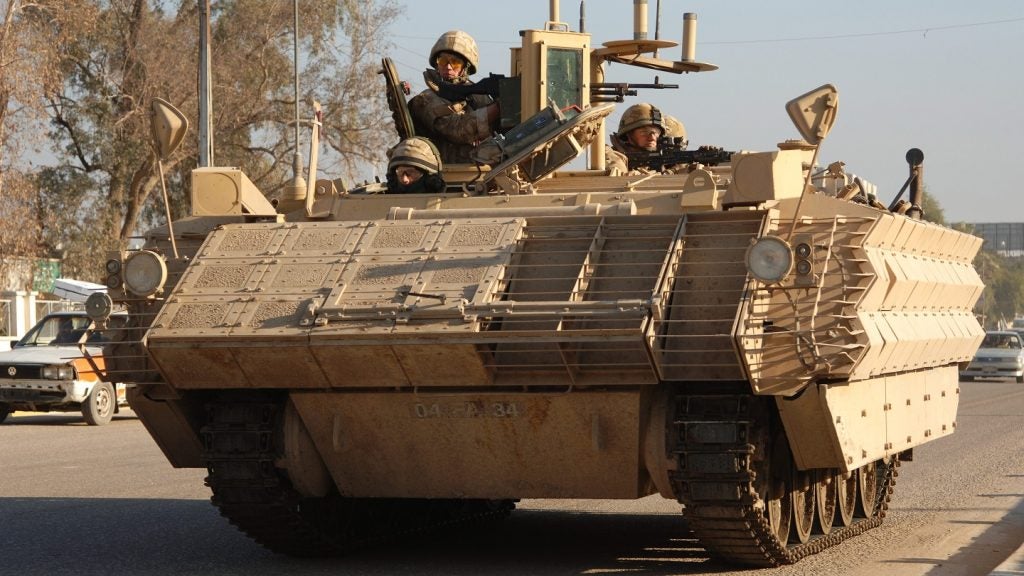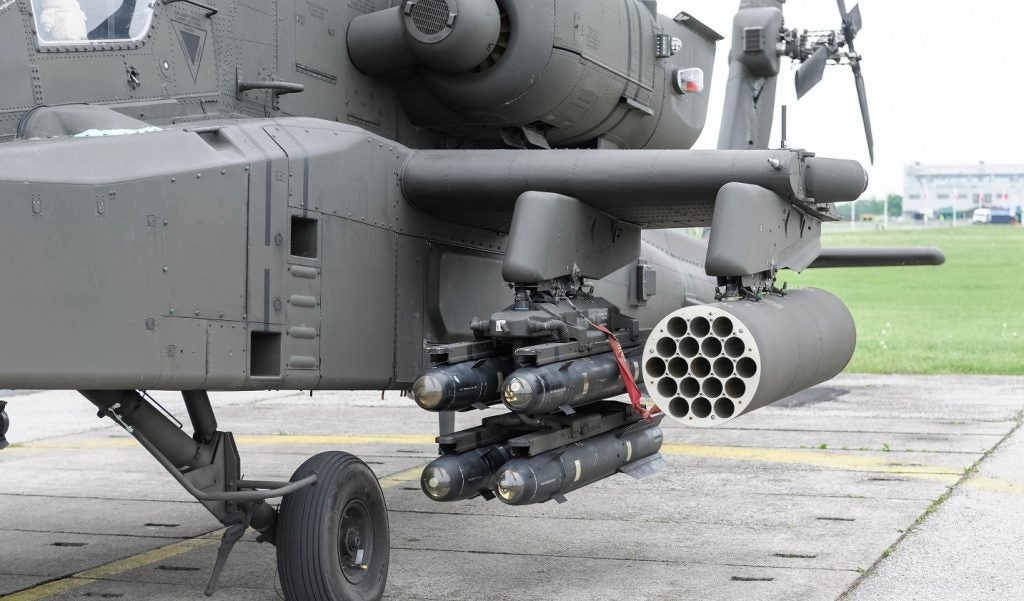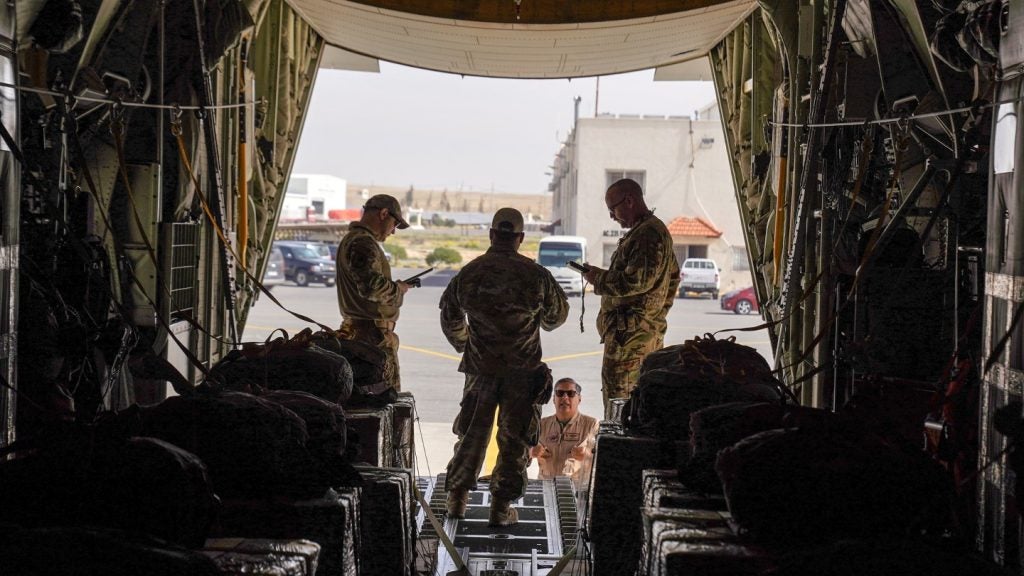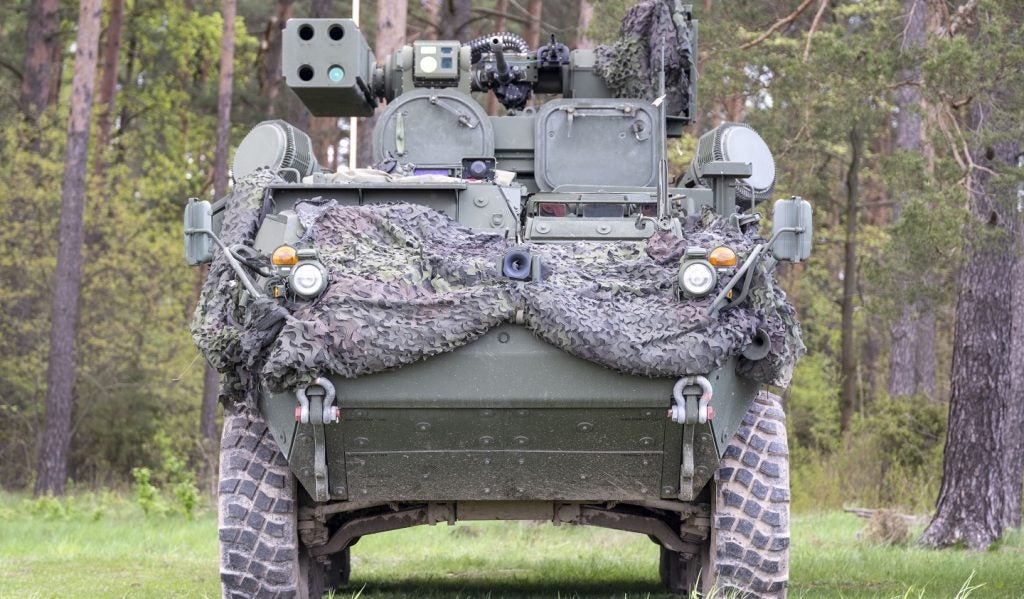

Crimea seems to have a bit of a history for delivering wake-up calls to the British Army. Some 160 years ago, the eponymous Crimean War established the “Charge of the Light Brigade” as a synonym for futile bravery, introduced the “Valley of Death” metaphor into the English language. Despite Britain ultimately being on the winning side, it provoked outrage and calls for reform after its evident logistical and command failures.
Fast forward to today, and a report that emerged in the wake of Russia’s re-annexation of the peninsular has revealed that British forces could once again, like the Dragoons, Lancers and Hussars of Balaclava before them, find themselves heavily outgunned in the event of war.
Preparing for hybrid conflict
The leaked document, which was seen and first reported by The Times newspaper, draws on the lessons of a recent training exercise in Ukraine and briefings from some of Kiev’s top military officers who have experienced the Kremlin’s new approach to war first-hand. Produced by the British Army’s warfare branch, ‘Insights to “Training Smarter” Against a Hybrid Adversary’ examines the way Russian troops use high-end weaponry, covert sabotage, hacking and social media to gain the edge on the battlefield – and its revelations are pretty stark.
It seems Russia has a significant capability advantage across a number of weapons types, including air defence systems and rocket launchers, while Britain’s planned fleet of light armoured vehicles would be “disproportionately vulnerable” to Russian rocket and mortar attack.
See Also:
Beyond the threat of more powerful munitions, President Putin’s forces are also said to have a “game-changing” capacity for cyber and electronic warfare with the ability to hack or jam transmissions, hijack drones and disrupt the GPS navigation systems of guided weapons and ground forces. In addition, in the age of social media, Russia also has expertise in using Facebook and Twitter to manipulate, discredit and demoralise opposition forces and spread propaganda and misinformation to a global audience.
How well do you really know your competitors?
Access the most comprehensive Company Profiles on the market, powered by GlobalData. Save hours of research. Gain competitive edge.

Thank you!
Your download email will arrive shortly
Not ready to buy yet? Download a free sample
We are confident about the unique quality of our Company Profiles. However, we want you to make the most beneficial decision for your business, so we offer a free sample that you can download by submitting the below form
By GlobalDataWith east-west relations arguably now at their frostiest since the end of the Cold War a quarter of a century ago, and some even predicting its imminent return, how exactly did Putin’s army gain the edge, and what can the British do about it?
Five days in Georgia: Putin’s re-assertion of Russia
After the collapse of the old Soviet Union, Russian armed forces suffered decades of neglect and underfunding, reducing them to an insipid shadow of their former might during their days as a global super-power.
Under the leadership of Vladimir Vladimirovich Putin, however, the intent to re-assert Russian standing in the world and to renew Russia’s sphere of influence amid Russian-speaking people and beyond has been a constant, and growing, feature of national policy. While Putin undoubtedly always felt that having a strong and capable military was an important part of achieving that goal, five days in 2008 were to cement that view, and launch Russia’s armed forces on a course of massive reorganisation and reform.
Although Russia was the predictable victor in the Russo-Georgian War of 2008, the five days of conflict between 7 and 12 August exposed some significant military shortcomings across Russian equipment, including weapons, intelligence gathering and command and control systems.
Within weeks, the then Defence Minister, Anatoliy Eduardovich Serdyukov, recommended a programme of re-armament and a wide-ranging overhaul to cut personnel numbers and re-organise the core into a leaner, more responsive, professional army. Gone was the notion of reliance on overwhelming numbers of conscripts and simple brute force to defend Mother Russia, to be replaced by a modern military, made up of smaller, more dynamic units, fighting with new technologies and cutting-edge weapons.
While the revamp can be seen as a necessary programme of modernisation to bring the legacy of largely Cold War-era forces up to date, there are aspects of Putin’s plan which suggest that there might be rather more to the Russian revival than just that.
It cannot be entirely by accident that so many of the new weapons and technologies that have been seen being put to such good effect are drawn from areas where the West does not already hold a long-established and overwhelming superiority. President Putin’s new army has been particularly crafted to define a new kind of warfighting – hybrid warfare – and challenge some of the longstanding principles of both inter-state and counter-insurgent engagements. As many commentators observed at the time, Ukraine and the annexation of Crimea were the new doctrine’s proving grounds.
British complicity: an army weakened by budget cuts
To some extent at least, the UK has itself also been complicit – albeit unintentionally – in Russia’s conventional superiority. Budget cuts and demands to ‘do more with less’, coupled with the experiences of expeditionary actions in Iraq and Afghanistan have largely forced the focus in Britain, along with much of the rest of the West, onto fighting asymmetric conflicts. By contrast, meeting a symmetric enemy – another equally technologically advanced and similarly equipped army – on the battlefield is a threat that has consequently been largely ignored.
Russian military planning over the same period took a rather different approach, and Putin’s troops have gained the edge as a result, leaving the British Army with the unenviable prospect of either having to play catch-up or find some other way to blunt it, if it should ever come down to a straight fight.
That remains a big, and somewhat unlikely, ‘if’, however. In the event of hostilities erupting, it is difficult to imagine a set of circumstances that would pitch Russia against a Britain in isolation, without NATO or any of her allies. It does, nevertheless, mean that any British contingent in a future NATO army could quickly find itself outmatched.
With significant elements of the UK’s high-end capacity having been eroded in the years since 2003, the MoD accepts that some of the British Army’s potential adversaries may possess superior weapons, and is now reported to be trying to “find ways to fight smarter at the tactical level”. Just what that means in practical terms has not yet been spelled out, but it seems that it will almost certainly require a rethink of budgets and priorities.
That may already have begun. In the same week in August as the Insights to “Training Smarter” report appeared in the press, the government announced an £800m fund for the innovation and research insights unit to fund work on ultra-high-tech developments for military applications. While the timing may be a little suspect, with some even suggesting that the report was deliberately leaked to bolster support for additional MoD funding, the approach does chime perfectly with the ‘third offset’ strategy espoused by the Pentagon – superiority through technology.
The real concern: a shift from asymmetric-only scenarios
Only time will tell whether the initiative will ultimately, as Secretary of State for Defence Michael Fallon said at the time, see “our brightest brains keeping us ahead of our adversaries”. Certainly perfecting so-called ‘disruptive’ technologies such as insect mimicking micro-drones for reconnaissance, and gravity-based scanners that can see through walls, could give the army a useful advantage, but of itself, it does little to offset heavy Russian munitions raining down on under-armoured vehicles, if that is the real concern.
Should British forces ever have to meet their Russian counterparts in open battle, unless and until there is a significant shift in emphasis to re-equip and re-organise away from the asymmetric-only scenario that has dominated political and MoD thinking for a decade and a half, they will have to find another way.
It will probably call for courage, ingenuity and the dogged determination to achieve the virtually impossible, which is fortunately something that UK troops do phenomenally well. After all, they get a lot of practice – just ask anyone who has ever served in the British Army.







